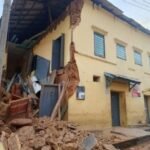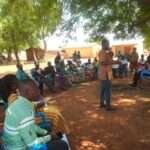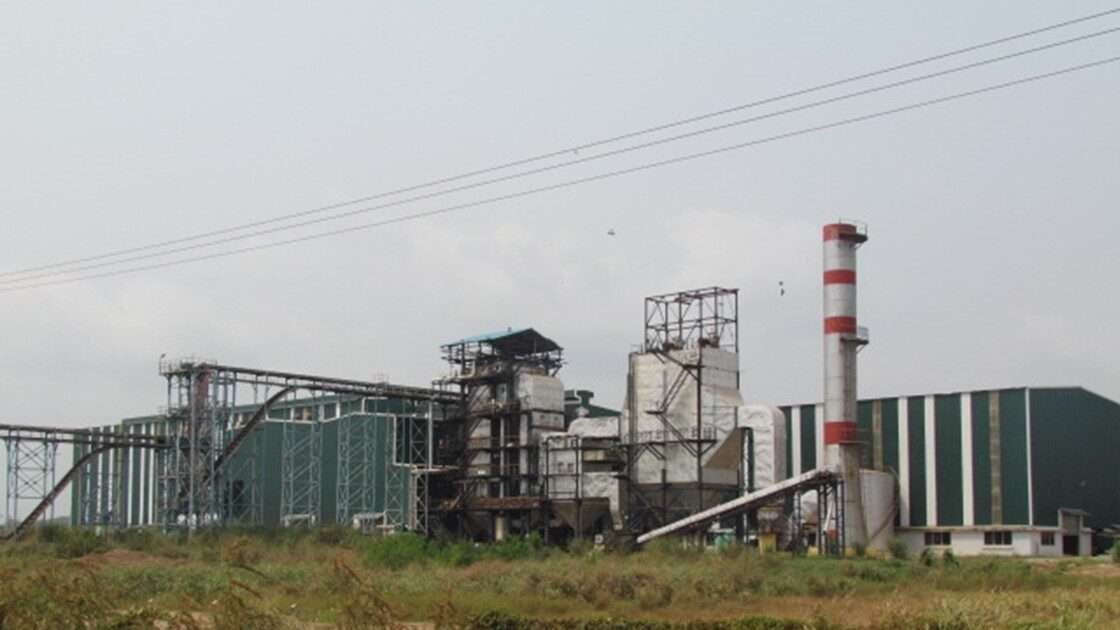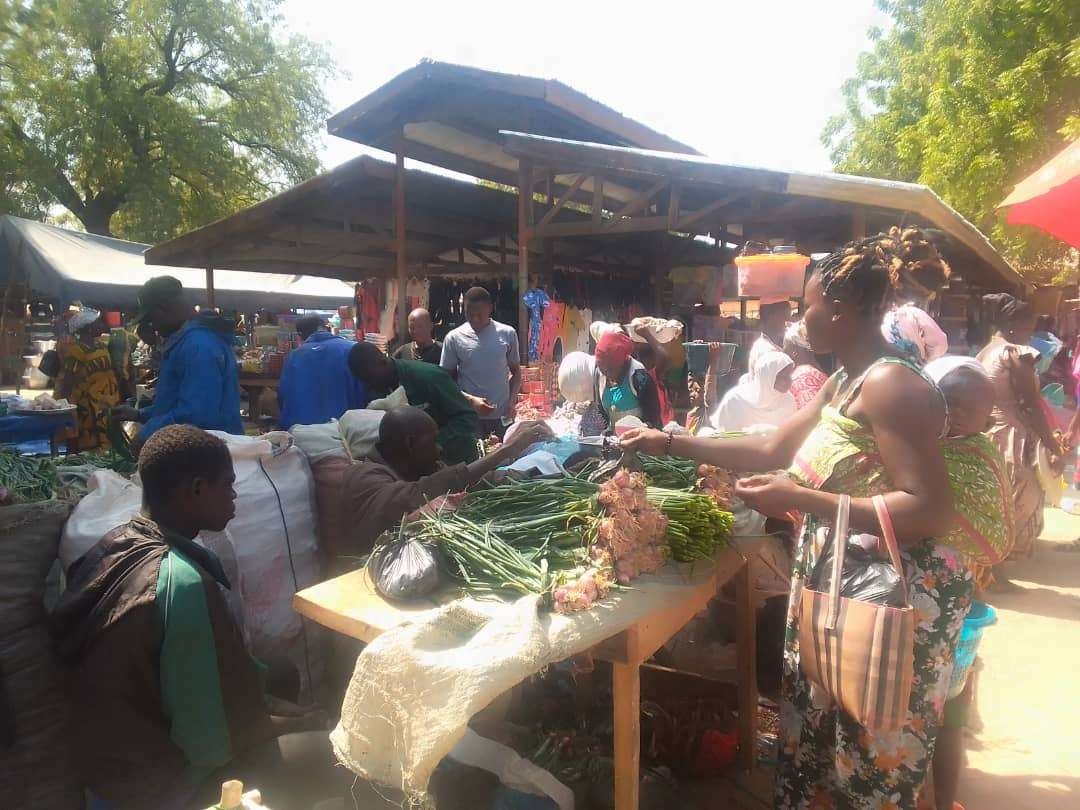Just off the main road in Mempeasem, a small but growing community in the Komenda-Edina-Eguafo-Abrem (KEEA) District, sits a newly built market complex. With its red metal roof, concrete pillars, and generous spacing, the structure should be bustling with traders, the hum of commerce, and the scent of fresh produce. Instead, the only sounds you hear are the rustle of weeds, the chirping of birds, and the occasional hiss of wind through the empty stalls.
Completed in October 2024, the market was touted as a solution to the overcrowding and poor conditions faced by local traders who sell their goods by the roadside and in makeshift stalls. Constructed under the administration of President Nana Addo Dankwa Akufo-Addo and likely funded by the District Assemblies Common Fund (DACF), the project promised economic upliftment for small-scale traders in the KEEA District. But just six months later, it sits idle, underutilized, and quickly becoming what many call a “white elephant.”
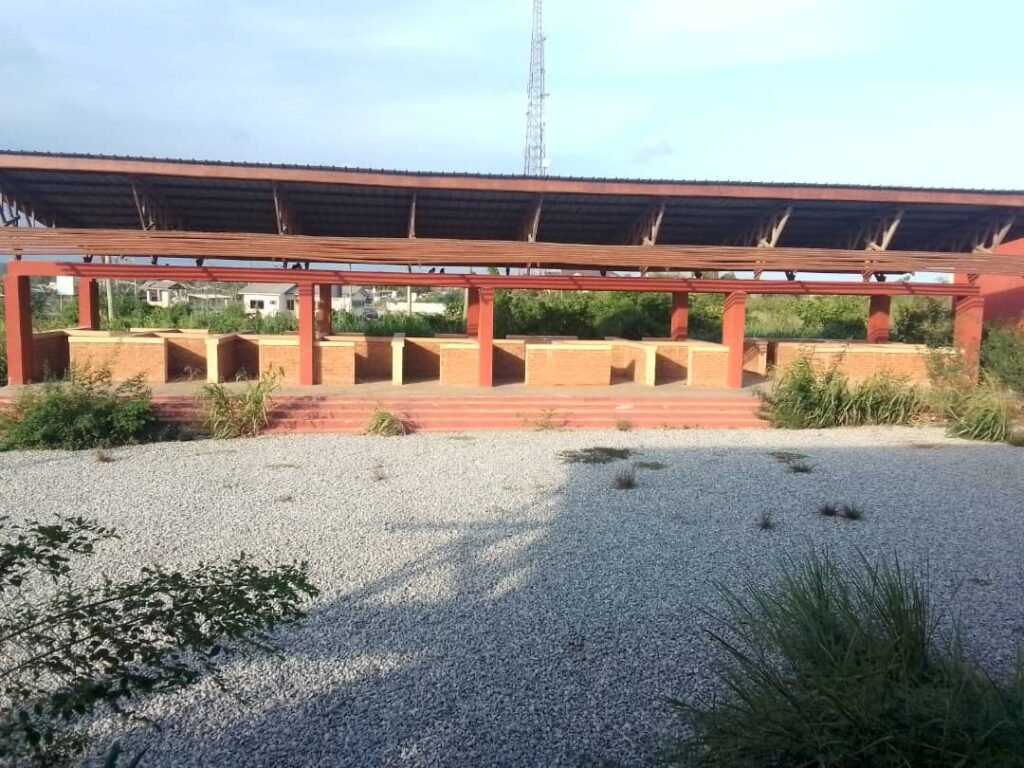
Residents and traders in Mempeasem remember the excitement that came with the construction of the market. “When they started building, we were all happy,” says Adwoa Nyamekye, a local tomato seller. “We thought we’d finally get a clean, organized place to sell.”
But their hopes have faded. No official handover, no community sensitization, and no functional systems to encourage or relocate vendors have been put in place. The market stands locked or half-opened, with only the wind occupying its empty benches.
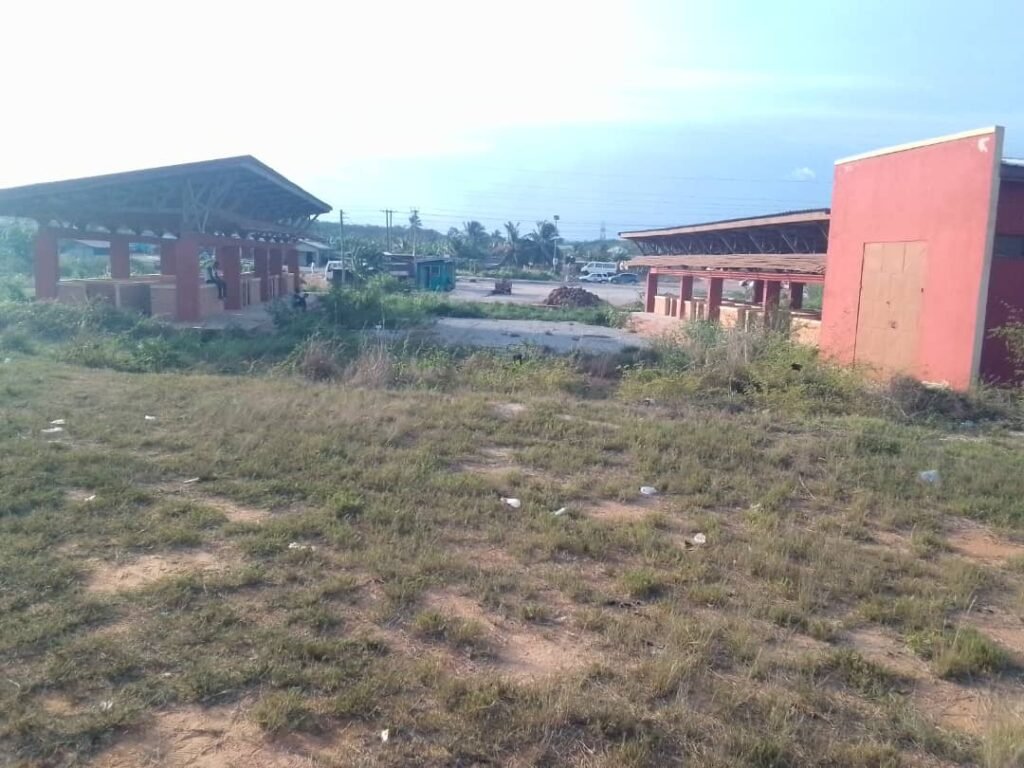
“This place was supposed to help us,” laments Ebo Mensah, a trader who still operates on the roadside. “Instead, we’re out here in the sun and rain, while that place is gathering bush.”
Unfortunately, the case of the Mempeasem market is not isolated. Across Ghana, infrastructural projects, especially community markets, lorry parks, and schools, are often constructed without sustainable planning or follow-through. Experts have long pointed out that poor stakeholder engagement and inadequate post-construction strategies are to blame.
The KEEA District Assembly, which oversees local development projects, has remained tight-lipped about plans to operationalize the facility. Calls for transparency and action have grown louder as residents worry that the structure could deteriorate beyond use.
Community leaders are urging the Assembly to act quickly, either by engaging stakeholders to activate the space or repurposing it into a facility that genuinely serves the public good.
“If they don’t do something soon, this market will be swallowed by the bush,” warns a community elder. “And we will have wasted good money and a good opportunity.”

As Ghana continues to grapple with balancing development with sustainability, the Mempeasem Market stands as a cautionary tale. Building structures is not enough. Without community engagement, proper planning, and follow-through, even the most promising projects can become relics of lost potential.
The residents of Mempeasem aren’t asking for much. They simply want a space they were promised: one that works, one that supports their daily lives, and one that reflects the value of their contributions to the local economy. Until then, the market remains a ghost of good intentions.


